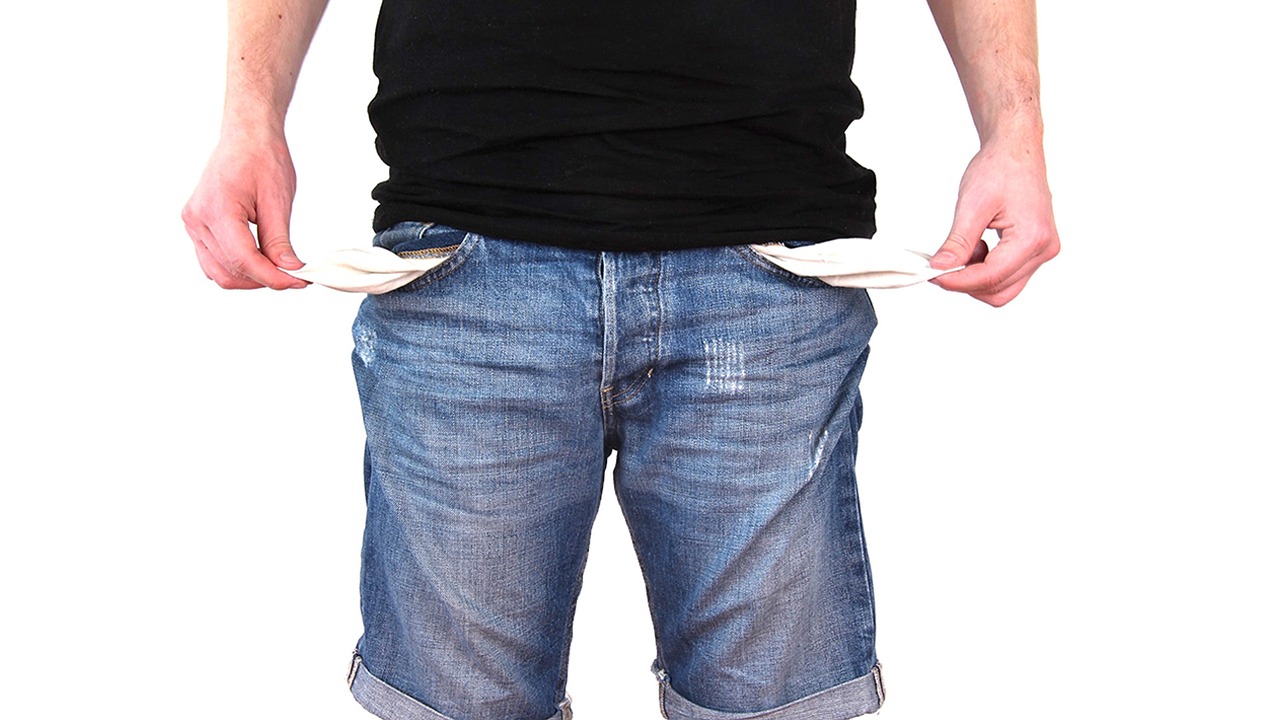Personal loans from friends, family and employers fall under common categories of debt that can be discharged in the case of bankruptcy.
Types of Dischargeable Debt
A discharge releases individual borrowers from the legal obligation to pay previously existing debts. Other types of dischargeable debt include credit card charges, accounts from collection agencies, medical bills, past due utility bills, and dishonored checks and civil court fees not deemed fraudulent. Dischargeable debt also includes business debts, money owed according to lease agreements, attorney fees not associated with child support and alimony awards, revolving charge accounts, Social Security and veterans assistance overpayments, and in rare cases, student loans.
How to File for Bankruptcy
There are two primary ways of filing for bankruptcy. Chapter 7 bankruptcy involves the cancellation of most or all debts depending on which debts are deemed dischargeable. It is possible that in the case of Chapter 7 bankruptcy, also known as liquidation bankruptcy, the bankruptcy trustee liquidates or sells the property of the debtor filing for bankruptcy to repay all or a portion of their debts to creditors. Some personal property is exempt from liquidation in a Chapter 7 bankruptcy, although there are limits on the value of the exemption. Examples include:
- Homestead
- Motor vehicle
- Personal property
- Retirement accounts
- Health aids
- Jewelry
Chapter 13 bankruptcy is sometimes called reorganization bankruptcy. In the case of a Chapter 13 filing, a court-mandated repayment plan is put into place. If the plan is executed to the satisfaction of the court, additional debt may be canceled or forgiven. The debtor’s property is not confiscated or sold to raise money in a Chapter 13 bankruptcy. Debtors cannot owe more than $394,7255 of unsecured debt or $1,184,200 of secured debt to file for a Chapter 13 bankruptcy.
Differences Between Types of Bankruptcy
Chapter 7 bankruptcy differs from Chapter 13 bankruptcy most notably in that with Chapter 13 bankruptcy, the debtor keeps his property with the understanding that he is required to pay back all or a portion of his debts over a three-to-five-year period. Chapter 13 bankruptcy allows the debtor to retain assets and recover from bankruptcy quickly, provided he is able to meet the eligibility requirements such as earning enough income to repay the debt in a timely fashion. Chapter 7 bankruptcy can be more devastating to a debtor with a sizable asset base, but it is a preferable option if the debtor’s asset base is small and the amount of debt is seemingly insurmountable. It can allow debtors to very quickly discharge a large amount of debt. Chapter 7 bankruptcy is usually reserved for people with little income who do not have the ability to pay back a portion of their debts.
With a Chapter 7 bankruptcy filing, unsecured debts are wiped clean once the court has approved the filing. This process can take several months. With a Chapter 13 bankruptcy filing, however, unsecured debts are not wiped clean. Instead, you need to make payments according to a plan mandated by the court. Once you reach the end of the plan and all payments have been made, any remaining debt is wiped clean.
Original article written by Barclay Palmer at Investopedia

